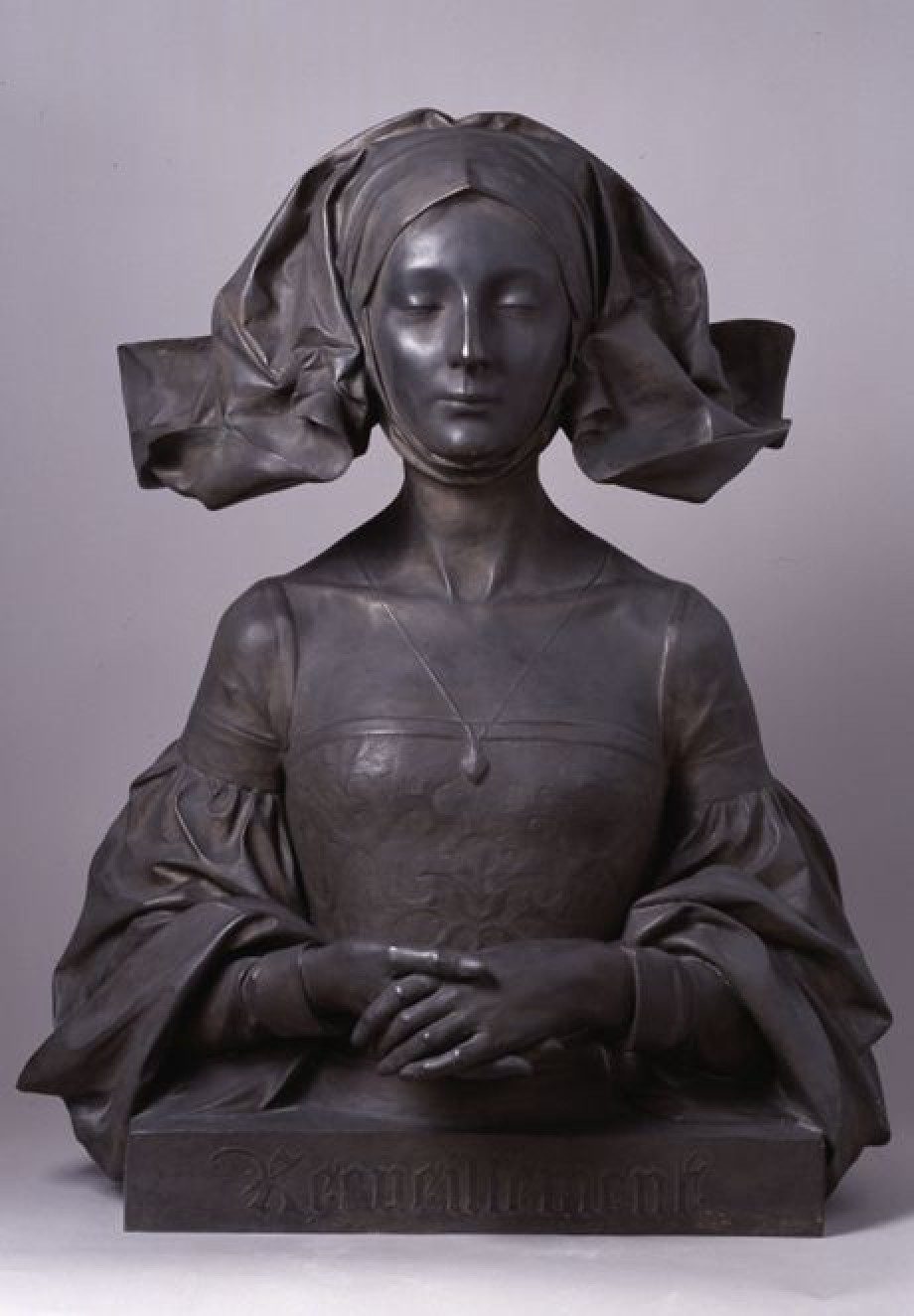Model for the Tomb of the Poet René De Clercq

Artist / maker
Jozef Cantré (sculptors)Date
ca. 1934Period
20th centuryCollection
Museum of Fine Arts Ghent
Like Constant Permeke, Frits Van den Berghe and Gustave de Smet, the sculptor and engraver Jozef Cantré (1886-1952) studied at the Ghent Academy. Initially, Cantré's sculptures show the influence of George Minne and Constantin Meunier. From 1918 to 1930, Cantré stays in exile in the Netherlands (Blaricum and Oosterwijk). He worked there in 'taille directe', directly in wood or stone…
Read more
Like Constant Permeke, Frits Van den Berghe and Gustave de Smet, the sculptor and engraver Jozef Cantré (1886-1952) studied at the Ghent Academy. Initially, Cantré's sculptures show the influence of George Minne and Constantin Meunier. From 1918 to 1930, Cantré stays in exile in the Netherlands (Blaricum and Oosterwijk). He worked there in 'taille directe', directly in wood or stone, in a constructive expressionist style. In 1930 he returned to Belgium and settled near Ghent. Influenced by the general neorealist trend in the years before the Second World War, Cantré evolved towards a synthesis between geometric simplification and dynamic realism. From the mid-1920s onwards, Jozef Cantré focuses on monumental work. The poet is a bronze version of the Monument to the poet René De Clercq that can be found in the cemetery at Lage Vuurse in the Netherlands. The monument dates from 1934 and is made of green stone. The sober, almost architectonic design is carried by an inner strength and a poetic élan that gives the poet the allure of a seer.
Read less











